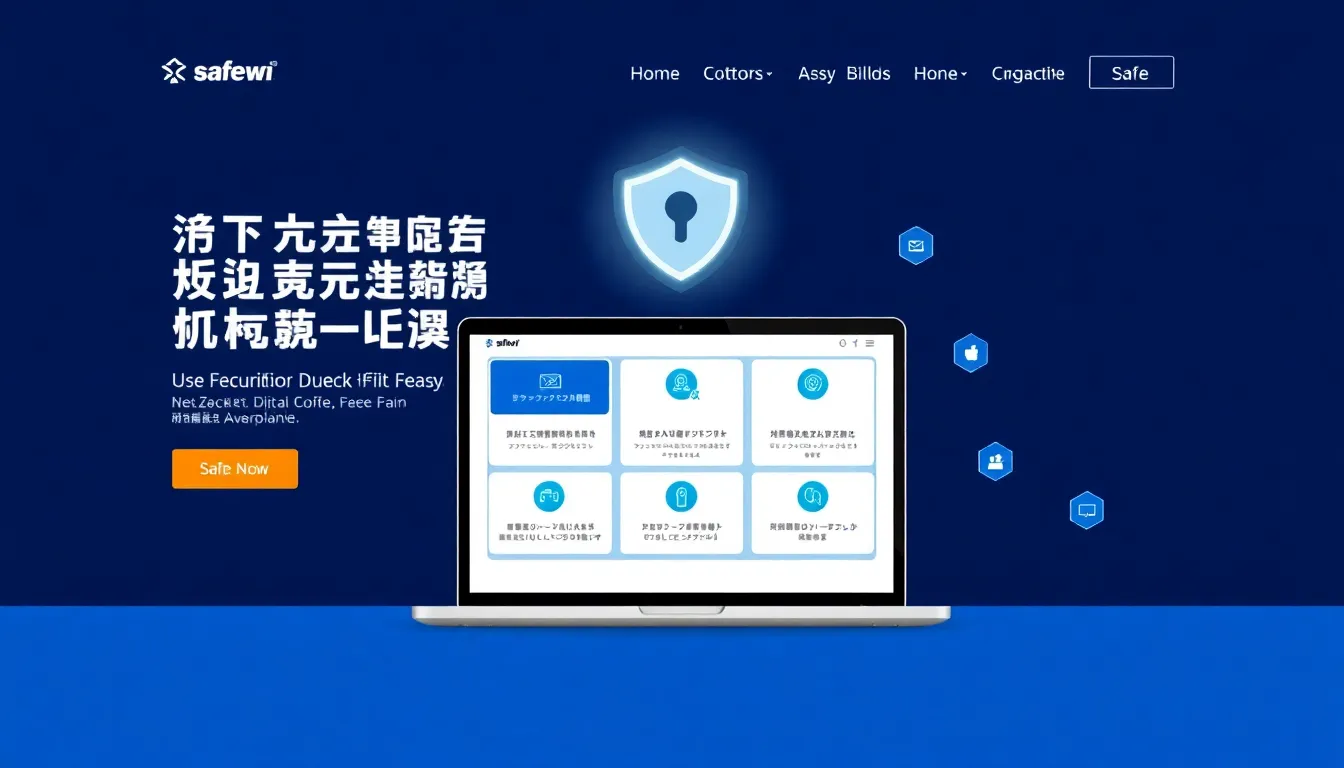Introduction to Arduino in Skilled Trades
In recent years, Arduino has become a powerful educational and practical tool in the skilled trades, particularly for HVAC (Heating, Ventilation, and Air Conditioning) and electrical apprentices. At Associated Builders & Contractors Inc., we recognize the need to integrate modern technology into traditional trades. arduino offers a hands-on way for apprentices to understand complex systems through real-time applications, simulations, and automation, setting the foundation for smarter, more efficient jobsite practices.
What Is Arduino?
Arduino is an open-source electronics platform based on easy-to-use hardware and software. Designed for anyone making interactive projects, it has gained popularity in education and industry alike. For HVAC and electrical apprentices, Arduino can simulate circuits, control systems, and automate repetitive tasks that are core to modern HVAC and electrical systems.
Key Components of Arduino
- Microcontroller Board: The heart of any Arduino project, it processes inputs and sends outputs.
- Sensors and Actuators: Used to detect changes in temperature, pressure, or motion, which are critical in HVAC systems.
- IDE (Integrated Development Environment): A user-friendly software interface used to write and upload code to the Arduino board.
Why HVAC and Electrical Apprentices Should Learn Arduino
The world of HVAC and electrical systems is rapidly evolving. Apprentices entering the trades today must be prepared for digital tools and smart systems that are now commonplace. Arduino serves as a bridge between theoretical learning and practical, hands-on application.
Hands-On Learning
Arduino allows apprentices to build and test real-world systems. Whether it’s wiring a relay or controlling a motor, the process fosters a deeper understanding of how electrical systems function.
Safe Environment for Experimentation
One of the biggest advantages of using Arduino is that it provides a safe platform for learning. Mistakes can be made without risking costly equipment or safety hazards, which is particularly beneficial for those new to HVAC or electrical systems.
Applications of Arduino in HVAC
Temperature and Humidity Monitoring
Arduino can be connected to temperature and humidity sensors to monitor environmental conditions. This has a direct application in HVAC systems where maintaining optimal indoor air quality is crucial.
Thermostat Prototyping
Apprentices can use Arduino to create programmable thermostats that mimic commercial systems. This provides insight into how thermostats communicate with HVAC units and how user inputs influence operation.
Energy Efficiency Simulations
Through Arduino, apprentices can learn how to optimize HVAC systems for energy savings. By simulating different environmental conditions and responses, they can understand the impact of efficient system design.
Applications of Arduino in Electrical Apprenticeships
Circuit Design and Troubleshooting
Electrical apprentices can use Arduino to design and test circuits before implementing them in real-world scenarios. It’s a valuable tool for learning circuit logic, current flow, and troubleshooting techniques.
Motor Control Projects
Many industrial applications involve motors. Using Arduino, apprentices can program motor controllers and explore principles like pulse width modulation (PWM), which is fundamental in both HVAC and electrical systems.
Lighting Automation
Lighting systems are often part of an apprentice’s workload. With Arduino, apprentices can build automated lighting systems using sensors to detect motion or ambient light levels, mimicking smart building controls.
Advantages of Incorporating Arduino in Training Programs
Boosts Critical Thinking and Problem Solving
When apprentices use Arduino, they must plan, build, program, and troubleshoot systems. This process develops essential problem-solving skills that are transferable to every job site.
Enhances Employability
Employers increasingly value digital literacy in skilled trades. Apprentices with Arduino experience demonstrate their ability to adapt to modern technologies, giving them an edge in the job market.
Encourages Innovation
By integrating Arduino, apprentices are not limited to traditional methods. They can experiment with new ideas—such as building systems that respond to voice commands or integrate with mobile apps—enhancing creativity and innovation in the workplace.
Tools and Resources for Getting Started
Starter Kits
For HVAC and electrical apprentices just starting with Arduino, a basic starter kit that includes a microcontroller, resistors, LEDs, sensors, and jumper wires is ideal. These kits are affordable and provide everything needed to begin experimenting.
Online Tutorials and Courses
There is a wealth of free and paid courses available online that guide apprentices through various Arduino projects tailored to HVAC and electrical applications. Websites like Arduino.cc and educational platforms like Coursera and Udemy offer excellent resources.
Community Forums
Platforms such as Arduino Forum, Reddit’s r/arduino, and Stack Overflow are valuable places where apprentices can ask questions, share projects, and learn from more experienced users.
Real-World Examples and Case Studies
Smart HVAC Monitoring Systems
In recent projects, Arduino has been used to build systems that automatically adjust air conditioning settings based on room occupancy and temperature data. Apprentices involved in such projects gained real experience designing systems that mirror commercial building automation.
Building Automation in Trade Schools
Many vocational schools now use Arduino in classrooms to simulate building automation setups. Apprentices use real-world electrical diagrams and translate them into functional systems using Arduino boards, bridging the gap between textbook and field.
Challenges and Considerations
Learning Curve
While Arduino is beginner-friendly, it still requires apprentices to learn basic coding and circuit design. Support from instructors or mentors is crucial during the early stages.
Integration with Professional Tools
Apprentices must also learn how Arduino integrates with industry-standard tools and systems. While Arduino isn’t typically used in final installations, the knowledge gained transfers to more robust control systems used in the field.
Future of Arduino in HVAC and Electrical Fields
The future is digital, even in hands-on trades. As smart buildings become more common, apprentices who understand platforms like Arduino will be better equipped to install, maintain, and innovate within these systems. From IoT-based HVAC controls to AI-enhanced energy monitoring, Arduino lays the foundation for next-generation trade professionals.
Conclusion
At Associated Builders & Contractors Inc., we believe that preparing apprentices for tomorrow’s challenges means embracing today’s technologies. Arduino serves as a practical, affordable, and versatile tool for HVAC and electrical apprentices, helping them build foundational skills in electronics, coding, and automation. With over 20 practical uses in apprenticeship training, Arduino not only enhances technical knowledge but also fosters innovation, critical thinking, and a deeper understanding of the systems they’ll encounter in the field. Apprentices who learn Arduino today will be the leaders and problem-solvers of tomorrow’s smart infrastructure industry.



